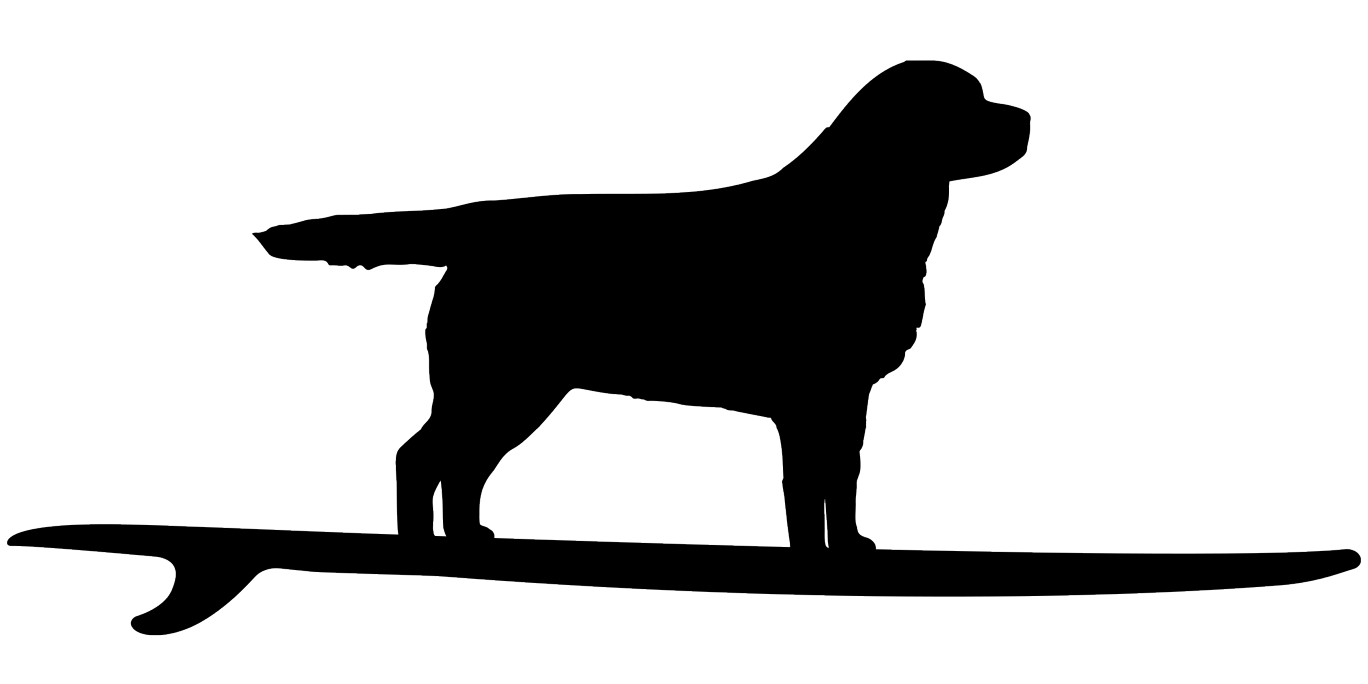Permissable White
White is allowed? In some instances, yes, white is permissible on Labrador Retrievers. Let’s learn the history and reasoning why.
Per the AKC Standard white spots are allowed – although loud spots are not highly desired in the show ring.
Color: The Labrador Retriever coat colors are black, yellow and chocolate. Any other color or a combination of colors is a disqualification. A small white spot on the chest is permissible, but not desirable. White hairs from aging or scarring are not to be misinterpreted as brindling.
Black- Blacks are all black. A black with brindle markings or a black with tan markings is a disqualification.
Yellow-Yellows may range in color from fox-red to light cream, with variations in shading on the ears, back, and underparts of the dog.
Chocolate- Chocolates can vary in shade from light to dark chocolate. Chocolate with brindle or tan markings is a disqualification.

Cleo as a puppy with a small white spot

Cleo as an adult with a few sparse white hairs left
Why would a dog have white if they’re pure bred?
You can thank the St. John’s Water Dog for passing that allele down at the A locus.
If you want to learn more read this great in depth Labrador Retriever Genetics article.
You can thank the historically famous dog GB Dual CH Banchory Bolo (12.29.1915 – 07.10.1927) for passing down his white paw spots which still show up today.

Labrador Retriever Bolo Spots
Banchory Bolo was the first dog to earn a dual championship by winning both the bench Championship CH as well as becoming a Field Trial Champion in England. Each of his litters produced either a Field Champion or a Show Champion. Bolo tended to throw a trait of having white hairs on the bottom of the paws which became known as Bolo Pads. You can still find markings on today’s Labradors which undoubtedly trace to Bolo.
Here is an excerpt from the book:
The Labrador Retriever
Lorna, Countess Howe and Geoffrey Waring
Published by Arco Publishing Company, Inc, New York – 1975
ISBN 0-668-03760-I.z
Chapter 4 – Some Famous Labradors at Home and Abroad, Pages 40 – 43.
Coat Color Calculator
Want to know what genotypes paired together will result in?
Use our inheritance calculator to input the sire and dam’s color and see what the offspring will be.
We even included the Punnett square so you can see the full data!




